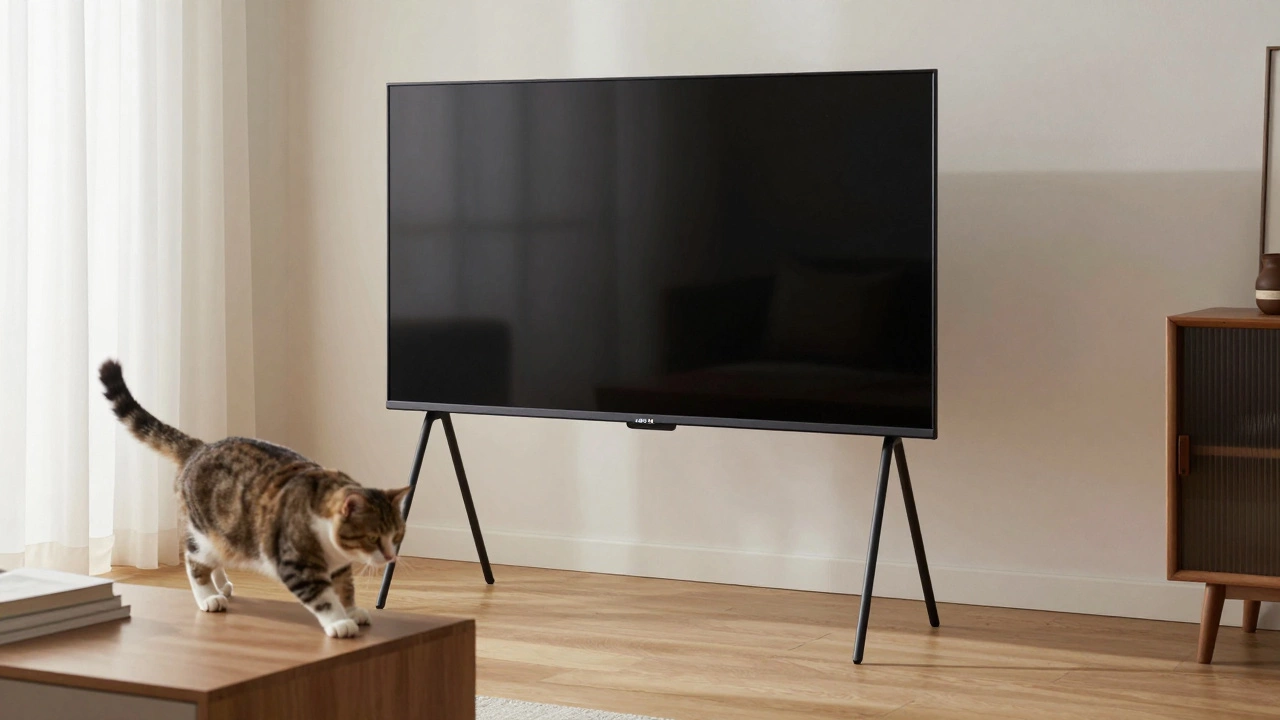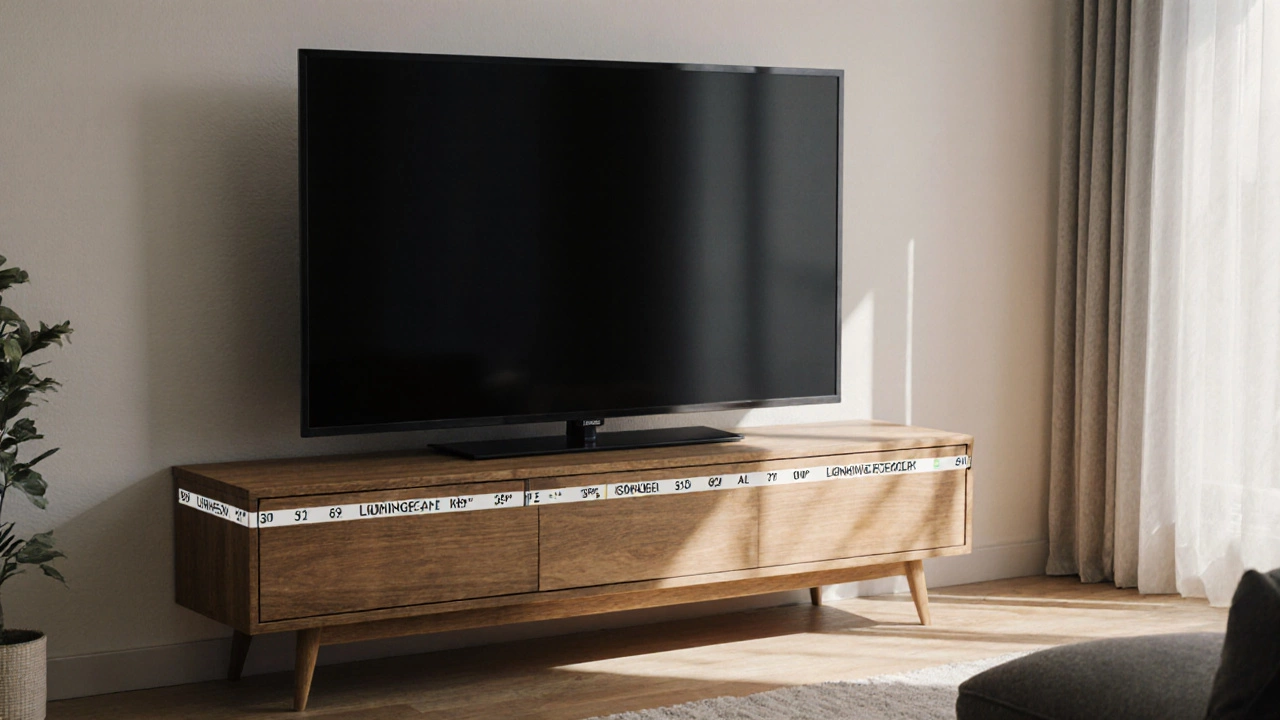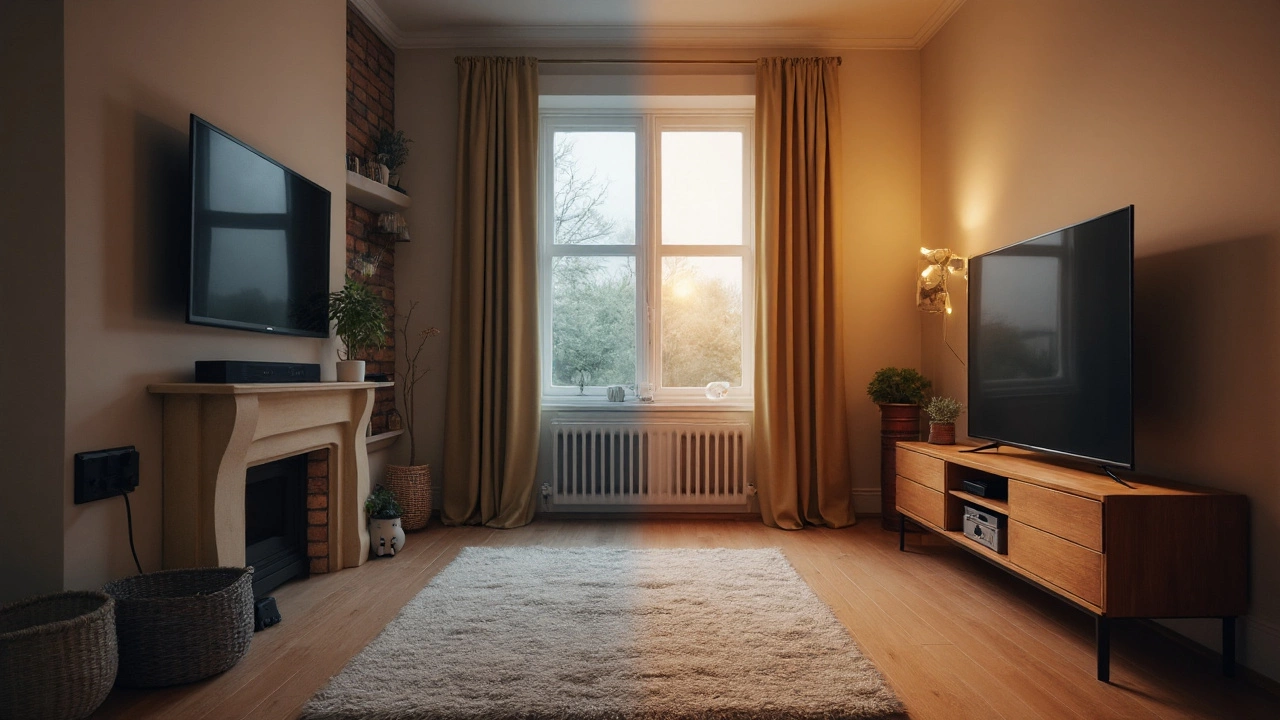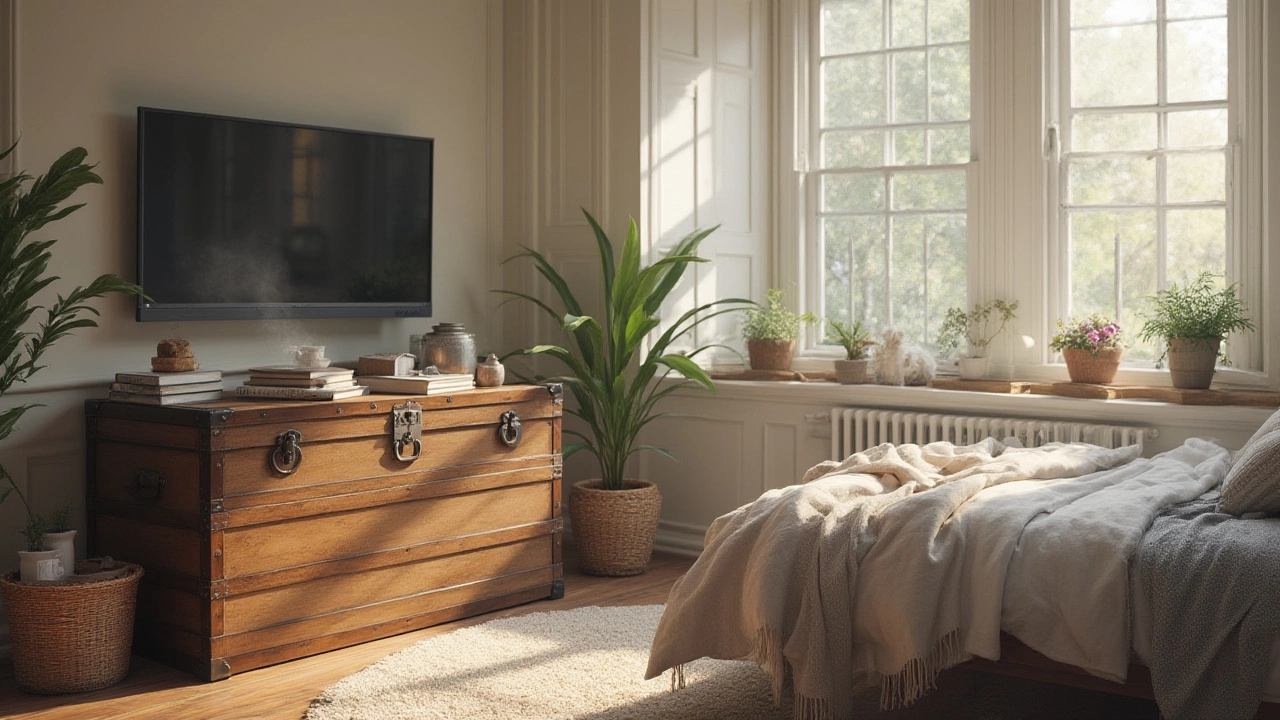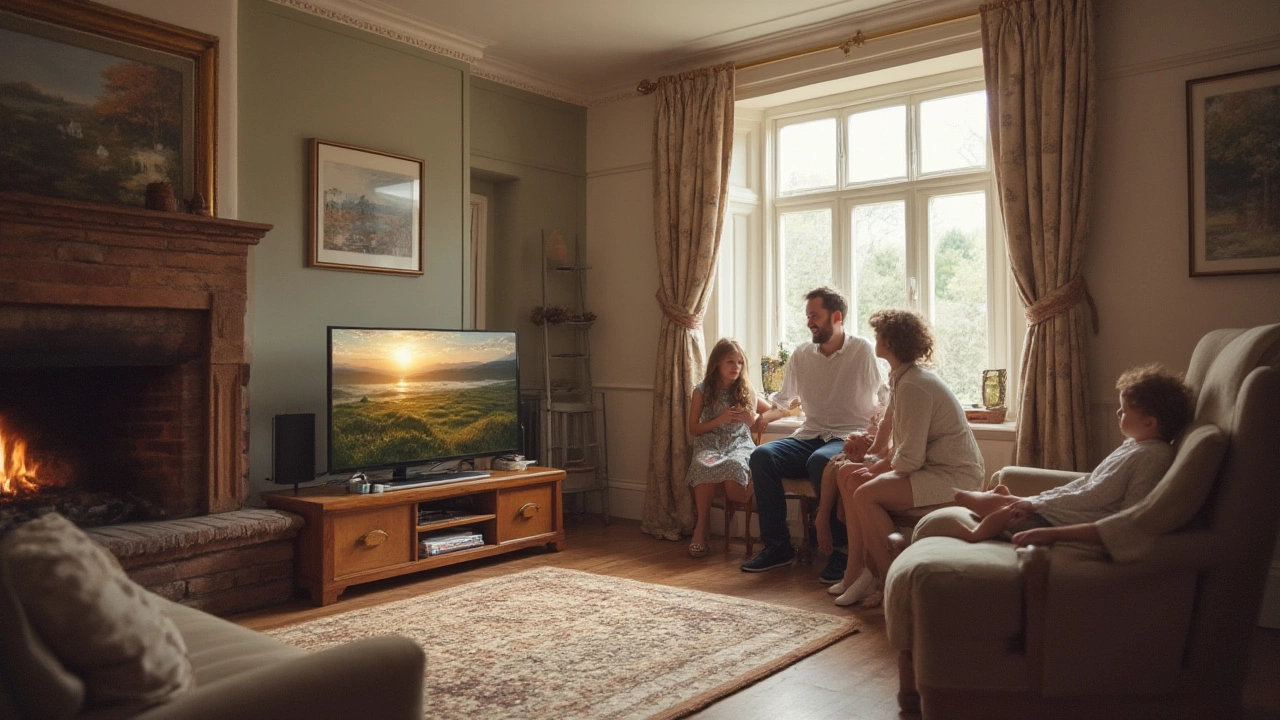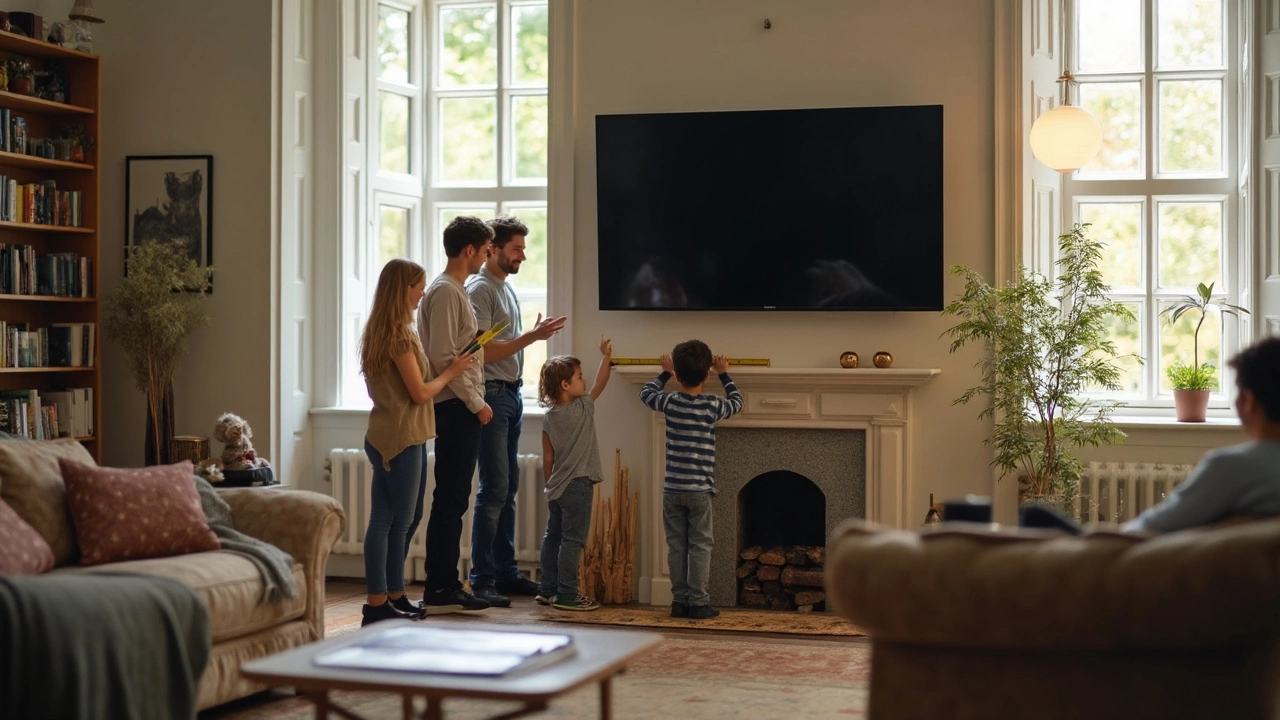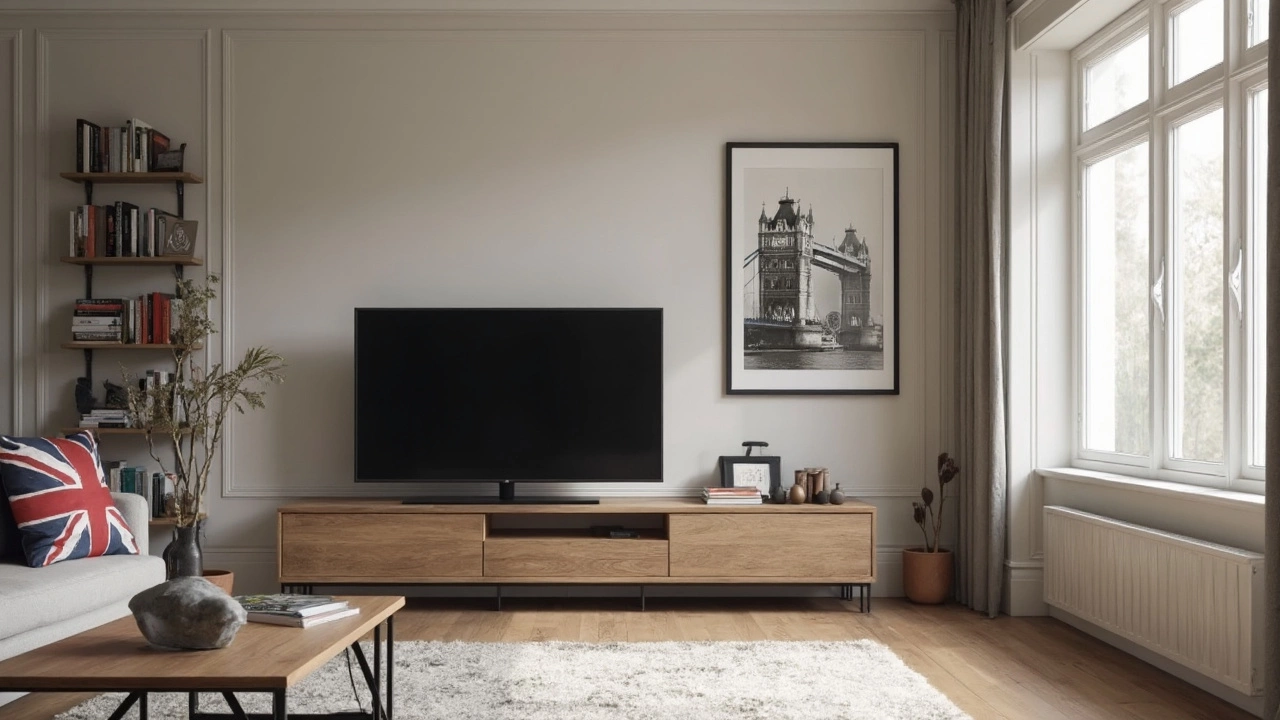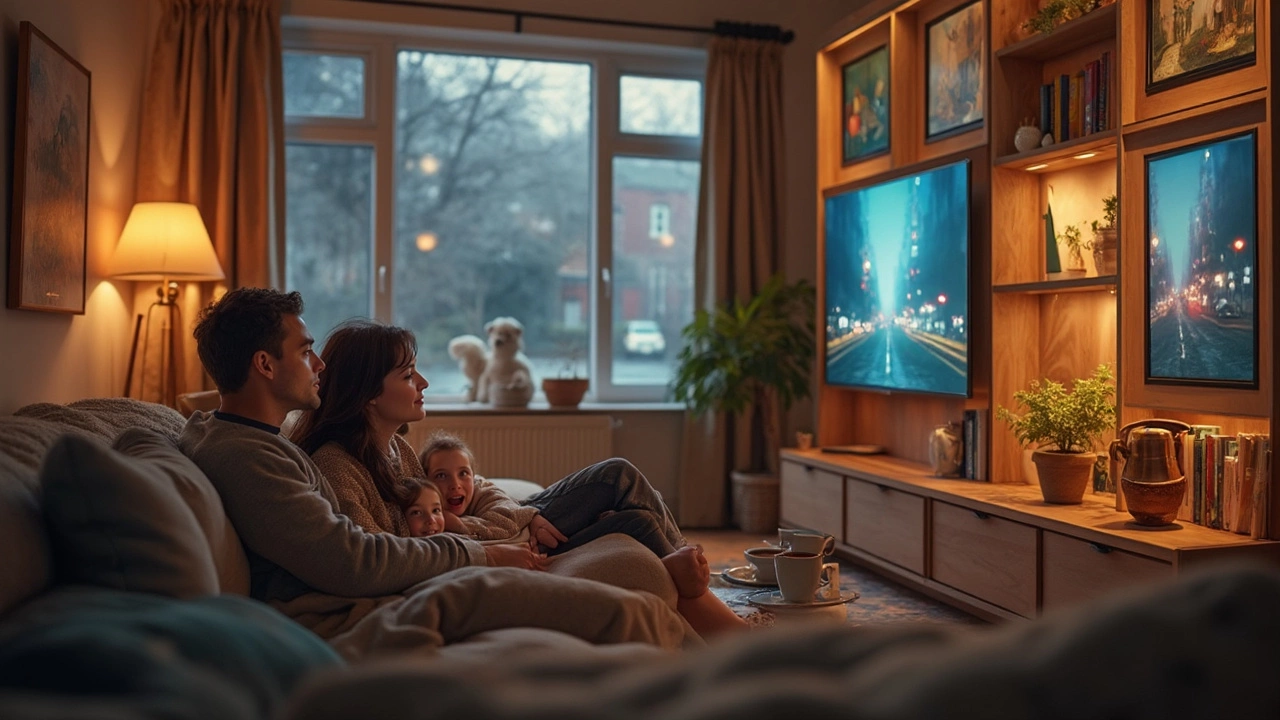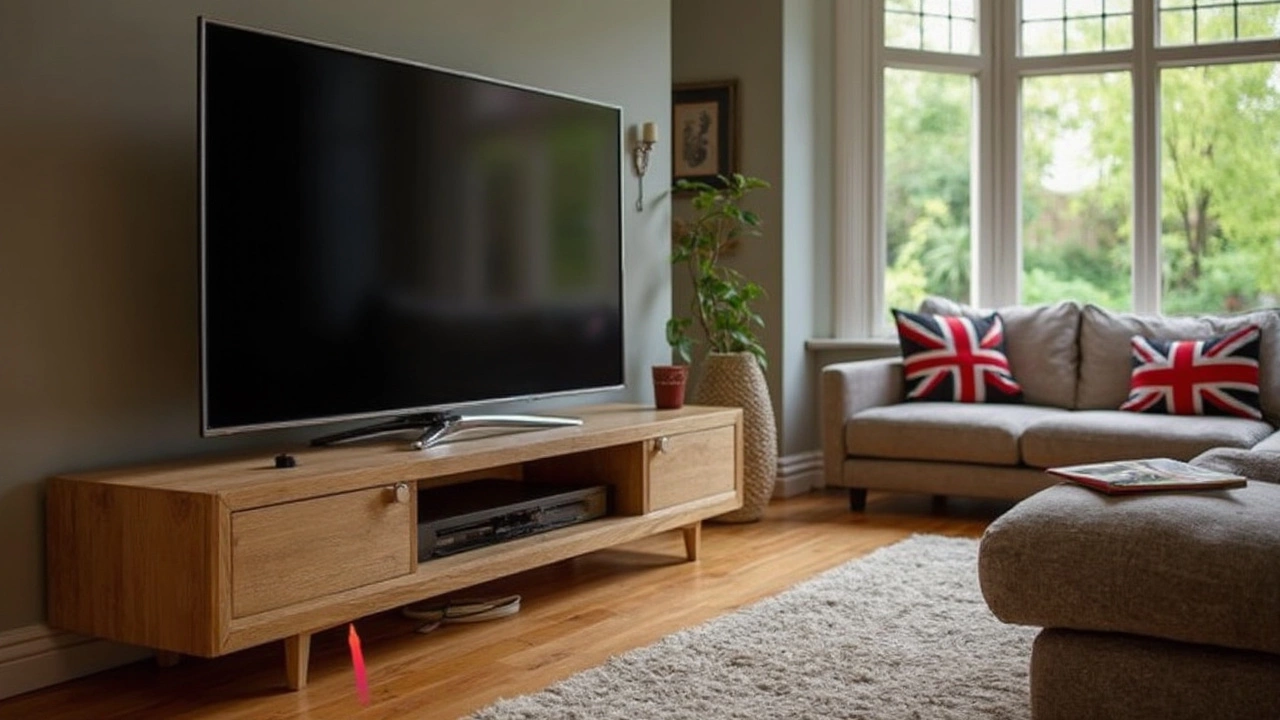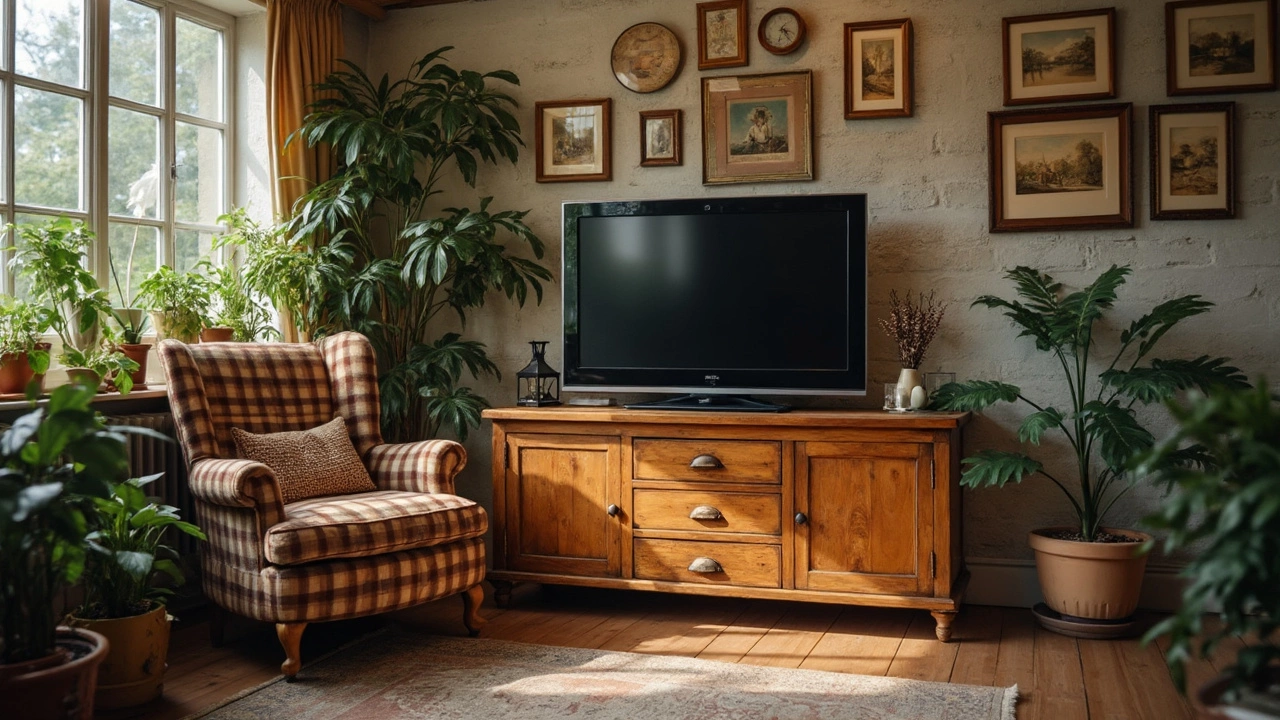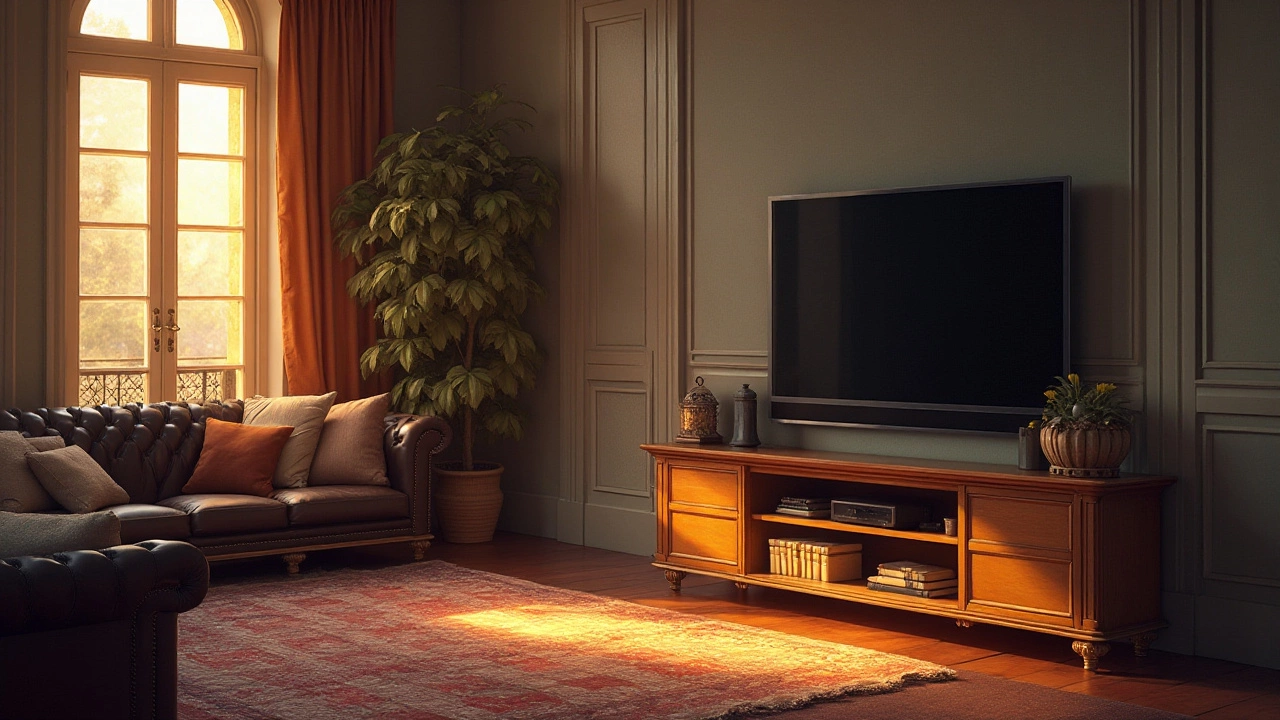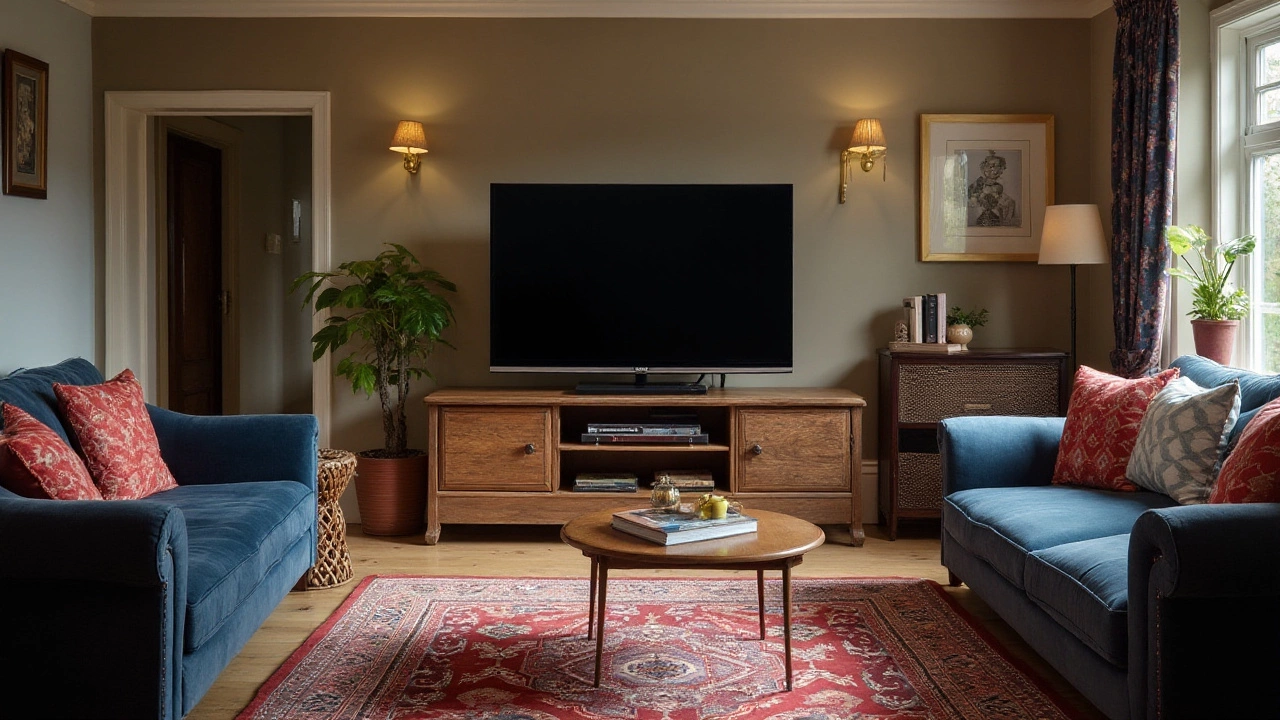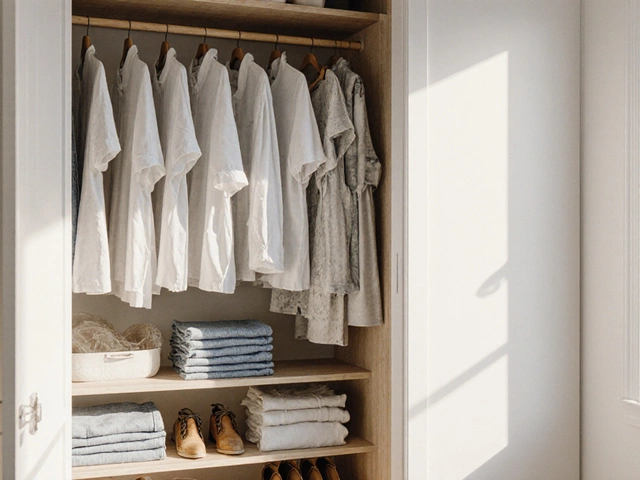TV Stands – Choose the Right One for Your Space
Looking for a TV stand that holds your screen safely and looks good in the room? You’re not alone. Most folks struggle with picking the right size, height, and style, especially when they have a specific TV size in mind. The good news is you don’t need a designer to get it right. In this guide we’ll walk through the basics, share practical tips, and even show you some clever alternatives if a traditional stand isn’t your jam.
How to Pick the Right Size and Height
First off, measure your TV. A 55‑inch screen is roughly 48 inches wide, while a 65‑inch model stretches close to 57 inches. Your stand should be at least as wide as the TV, ideally a few inches wider for stability and a balanced look. Next, think about the viewing height. Most experts say the center of the screen should line up with your eye level when you’re seated. For a typical sofa, that means the top of the TV sits about 42‑48 inches from the floor. If you’re using a wall mount, the same rule applies – just add a sturdy base or a low console if you need extra storage.
Don’t forget about depth. You’ll need a stand that can accommodate the TV’s VESA mount bolts and any cable connections. A depth of 15‑20 inches works for most modern flatscreens. Also, check the weight rating. A 65‑inch TV can weigh 70‑80 pounds, so make sure the stand’s legs and frame can handle that load without wobbling.
Creative Alternatives to Traditional TV Stands
Running out of floor space? You can get away without a bulky stand. Floating shelves mounted at eye level keep the TV sleek and free up room underneath for décor or hidden storage. Repurpose a sturdy bookcase – just clear a middle shelf for the TV and use the rest for books or media gear. For a minimalist vibe, a simple console table with clean lines can double as a TV platform and a place for speakers or a console.
Another idea is to hide the TV behind a sliding panel or a decorative screen. This works great in open‑plan homes where you want the TV to disappear when not in use. If you love industrial style, think about using reclaimed wood pallets stacked with metal brackets. They’re cheap, sturdy, and add character to the living area.
Whatever route you take, keep cable management in mind. A stand with built‑in grommets or a small back panel lets you run wires neatly, so you avoid a tangled mess that looks untidy and can be a tripping hazard.
In short, the perfect TV stand balances size, height, stability, and style. Measure your TV, match the width, set the height for comfortable viewing, and choose a sturdy base. If space is tight, get creative with floating shelves, repurposed furniture, or custom-built pieces. With these simple steps you’ll end up with a setup that looks good, feels safe, and makes movie nights a breeze.
